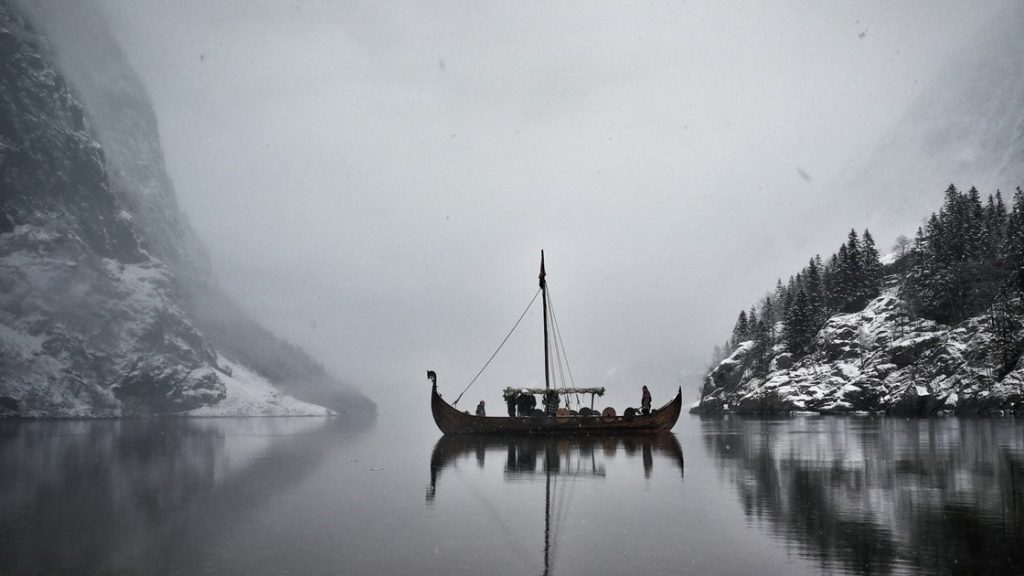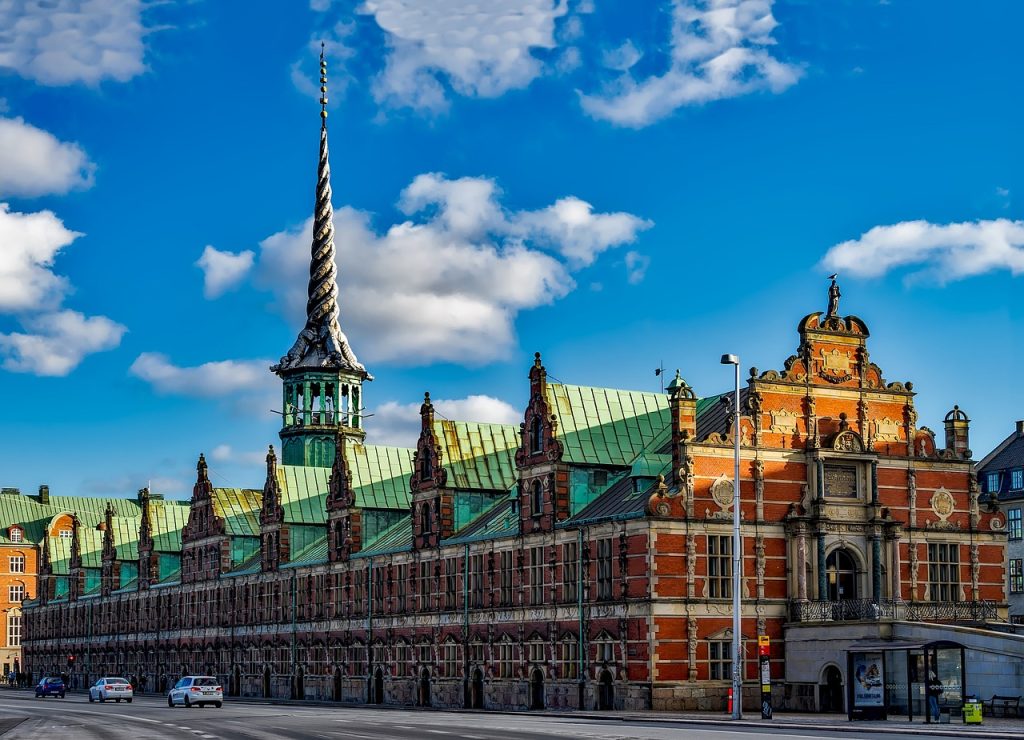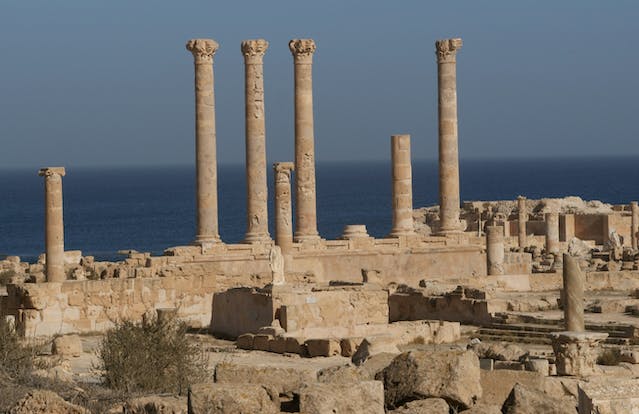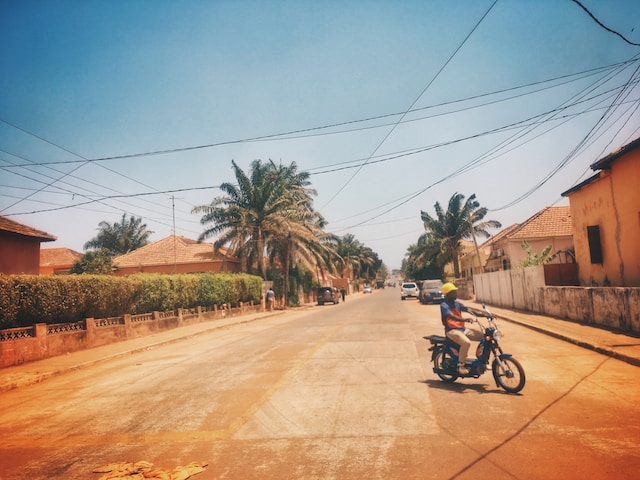History of Botswana
Botswana is a landlocked country located in southern Africa. Its history can be traced back to the early Stone Age, as evidenced by archaeological findings such as rock paintings and tools. However, the modern history of Botswana begins with the arrival of the Bantu people, who migrated to the area from central Africa around the 14th century. The Bantu people established a number of kingdoms, the most notable of which was the Kingdom of Tswana, which would eventually give rise to the modern nation of Botswana (The World Factbook, 2021).
In the 19th century, European explorers began to venture into the region, and by the late 1800s, the British had established a protectorate over the region. This protectorate became known as Bechuanaland, and it remained under British control until it gained independence in 1966 (The World Factbook, 2021).
The period of British rule saw a number of significant developments in Botswana. The most important of these was the establishment of a democratic system of government, which was based on the tribal structures that had existed in the region for centuries. Under this system, each tribe had a chief who was responsible for governing the tribe, and these chiefs were represented in a national assembly known as the Ntlo ya Dikgosi. This assembly was responsible for electing the country’s president, who served as both the head of state and the head of government (BBC News, 2018).
Botswana’s transition to independence was relatively smooth, in large part due to the stability of the country’s political system. In 1965, the country’s first general elections were held, and the Botswana Democratic Party (BDP) emerged as the dominant political force. The BDP’s leader, Seretse Khama, became the country’s first president after independence was declared on September 30, 1966 (BBC News, 2018).
Since independence, Botswana has enjoyed a high degree of political stability and economic growth. The country has been able to take advantage of its rich mineral resources, particularly diamonds, to build a thriving economy that has consistently ranked among the fastest-growing in the world. Additionally, Botswana has been able to establish a relatively strong system of social welfare, which has helped to reduce poverty and improve living standards for many of its citizens (The World Factbook, 2021).
In conclusion, Botswana has come a long way since the early days of the Bantu migrations. Its modern history has been marked by a successful transition to democracy, sustained economic growth, and a commitment to social welfare. As a result, Botswana has become a model for other African countries seeking to achieve political stability and economic development.

Location
Botswana is a landlocked country located in southern Africa. It is bordered by South Africa to the south and southeast, Namibia to the west and north, Zimbabwe to the northeast, and Zambia to the north. The country’s geographical coordinates are 22.3285° S latitude and 24.6849° E longitude, with a total land area of approximately 581,730 square kilometers (World Atlas, n.d.).
Botswana is situated on the Kalahari Desert, which covers more than 80% of the country’s land area (World Atlas, n.d.). The country’s terrain is mostly flat or gently rolling, with an average elevation of around 1,000 meters above sea level. The Okavango Delta, one of the world’s largest inland deltas, is located in the northwest of the country, and is a major tourist attraction (World Atlas, n.d.).
According to the American Psychological Association (APA) citation style, when referencing sources in the text, the author’s last name and the year of publication should be included. If the source has no author, the title of the source should be used instead. For instance, the World Atlas (n.d.) provides information on Botswana’s geographical location and terrain.
Botswana’s central location in southern Africa has made it an important transport hub for the region, with several major highways and railways passing through the country (World Atlas, n.d.). The capital city, Gaborone, is located in the southeast of the country, near the border with South Africa. Other major cities in Botswana include Francistown, Maun, and Selebi-Phikwe (World Atlas, n.d.).
In conclusion, Botswana is a landlocked country located in southern Africa, bordered by South Africa, Namibia, Zimbabwe, and Zambia. Its terrain is mostly flat or gently rolling, with the Kalahari Desert covering over 80% of its land area. The country’s central location has made it an important transport hub for the region, and its major cities include Gaborone, Francistown, Maun, and Selebi-Phikwe (World Atlas, n.d.).

Climate
Botswana is a landlocked country located in southern Africa, with a semi-arid to arid climate characterized by high temperatures and low rainfall. According to the Köppen-Geiger climate classification system, Botswana’s climate is predominantly classified as a BSh or a BWh climate. BSh is characterized by a hot semi-arid climate with short, wet summers and mild, dry winters, while BWh is characterized by a hot arid climate with extremely low precipitation throughout the year (Peel et al., 2007).
The temperatures in Botswana are generally high, with average temperatures ranging from 20°C to 30°C throughout the year. The hottest months are October and November, with temperatures exceeding 40°C in some areas (Peel et al., 2007). During the winter months of May to August, temperatures can drop below freezing at night, particularly in the desert areas of the country (UNDP, 2016).
Botswana experiences very low rainfall, with an annual average of 500mm or less. The rainy season in Botswana typically runs from December to March, with most of the precipitation falling in January and February (Peel et al., 2007). However, the amount of rainfall varies considerably across the country, with the northern regions experiencing more rainfall than the southern regions (UNDP, 2016).
The arid climate in Botswana has significant impacts on the country’s ecosystems and wildlife. The country’s vegetation is adapted to the dry conditions, with the dominant plant species being thorn trees, acacias, and grasses that are drought-resistant (Peel et al., 2007). The wildlife in Botswana has also adapted to the arid climate, with many species relying on seasonal water sources and migrating to find food during the dry season (UNDP, 2016).
In conclusion, Botswana has a semi-arid to arid climate characterized by high temperatures and low rainfall. The country’s climate has significant impacts on its ecosystems and wildlife, with the vegetation and wildlife being adapted to the dry conditions. Understanding the climate of Botswana is essential in planning and implementing appropriate measures to address the impacts of climate change in the country.
Languages
Botswana is a landlocked country in Southern Africa with a diverse linguistic landscape. According to Ethnologue, there are 29 living languages spoken in Botswana, including 12 indigenous languages, English, and several other immigrant languages (Ethnologue, 2021).
The most widely spoken language in Botswana is Setswana, a Bantu language which is also the official language of the country. Setswana is spoken by around 77% of the population and is the primary language of instruction in schools (Ethnologue, 2021). It is also the language of government, media, and business in Botswana.
Other indigenous languages spoken in Botswana include Kalanga, spoken by around 6% of the population, and Sekgalagadi, spoken by around 3%. Other languages with significant populations in Botswana include Shekgwana, Sarwa, and Wayeyi. However, most of these languages have limited usage and are often only spoken in specific regions or communities.
In addition to indigenous languages, English is also widely spoken in Botswana, particularly in urban areas and in the education system. It is the language of instruction in higher education and is used in government and business settings as well (Ethnologue, 2021).
Other immigrant languages spoken in Botswana include Afrikaans, spoken by around 3% of the population, as well as other European languages such as French and Portuguese, which have smaller populations.
It is important to note that the linguistic landscape of Botswana is constantly evolving, with shifts in language use and language acquisition patterns. In recent years, there has been a growing interest in multilingualism and the preservation of indigenous languages in Botswana, with various language policy initiatives and language revitalization efforts being implemented by the government and various organizations.
In conclusion, Botswana has a diverse linguistic landscape with multiple indigenous languages, English, and several other immigrant languages being spoken. The most widely spoken language in the country is Setswana, followed by Kalanga and Sekgalagadi. However, there are ongoing efforts to promote multilingualism and preserve indigenous languages in Botswana, reflecting the country’s commitment to linguistic diversity and cultural heritage.




